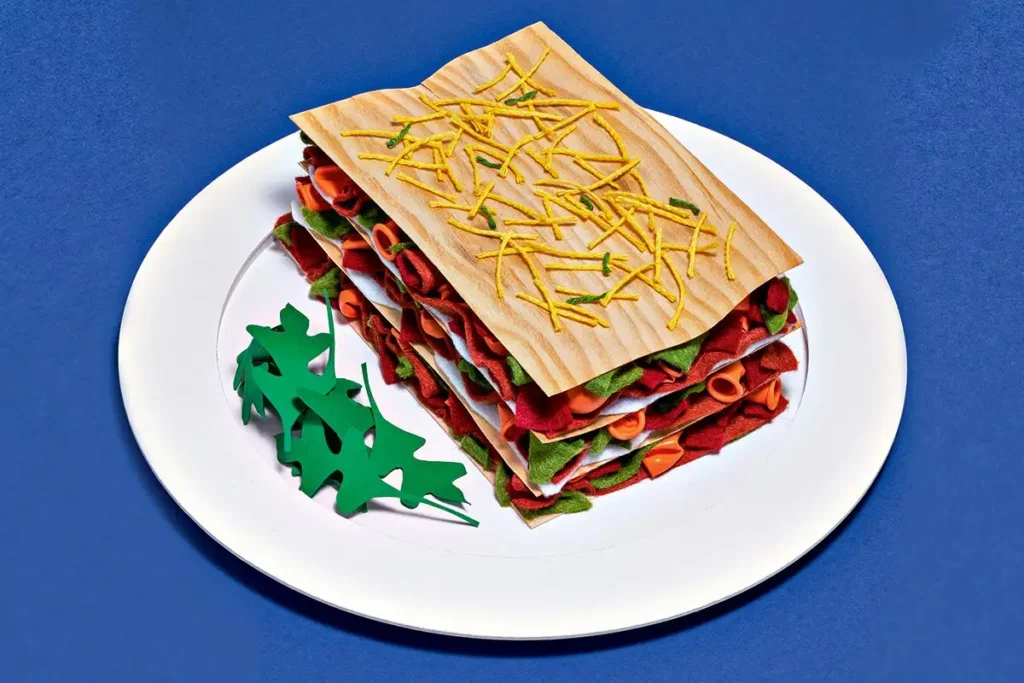A new report shows that plant-based meats and similar mimics could be the most cost-effective approach to reducing greenhouse gas emissions.
Burger King’s Impossible Whopper was a roaring success. In 2019, the plant-based burger boosted the restaurant’s sales by six percent. Other fast food chains quickly followed in suit: Dunkin’ Donuts offers a Beyond Sausage Sandwich, KFC features Beyond Fried Chicken and Chipotle developed in-house vegetarian chorizo.
Clearly, plant-based meats are all the rage. And they might be the key to protecting our planet. In a new report, experts from Boston Consulting Group (BCG) and sustainability-focused investing group Blue Horizon show that the industry could be one of society’s best tools for reducing greenhouse gas emissions.
Across the industries they looked at — including sectors like shipping, building, and aviation — alternative proteins reduced emissions the most per dollar spent. It wasn’t a tight race, either. Plant-based proteins were three times more cost-effective than sustainable cement and nearly 15 times more efficient than green power. “We were kind of surprised ourselves by these numbers. We double and triple-checked them,” says Friederike Grosse-Holz, director of Blue Horizon. “It really does seem like this is one of the low-hanging fruit in the fight against climate change.”

By 2035, alternative proteins could reach 22 percent of the global meat market. Even under conservative estimates, this could decrease annual CO2 production by 0.85 gigatons by 2030 — equivalent to decarbonizing 95 percent of the aviation industry.
According to the new report, 30 percent of consumers say that reducing climate emissions would be a primary reason to eat more meat mimics. Meanwhile, 76 percent are already familiar with the products, and many increased their alternative meat consumption during the COVID-19 pandemic.
While the future of alternative meats certainly seems bright, there are still hurdles. For one, consumers want cheaper and healthier products that taste and feel like the real thing. That’s why a greener future requires technology to improve these products, along with the infrastructure to scale up the businesses that make them.
How To Make Fake Meat
Plant-based meats, like Beyond Burgers and Impossible Burgers, modify crops like peas and soy into fibrous proteins. Impossible Foods even embeds myoglobin-like molecules into their goods to create a meaty iron taste and a bloody appearance. Quorn, on the other hand, ferments fungi to produce muscle-like proteins which they weave into faux burgers and chicken strips. Alternative meats aren’t always vegetarian, either. Cell-based products, for example, borrow techniques from medical research to grow meat from animal stem cells.
Across the board, these culinary copycats address some of the issues with animal agriculture, like wasteful water use, land use, human health, animal welfare, and antibiotic-resistant superbugs. And perhaps most critically, they have untapped potential to help reduce emissions in the fight against climate change. “15 percent of global emissions are related to animal agriculture, so there’s a large opportunity here,” says Malte Clausen, a partner at BCG focused on climate sustainability.

The “Untapped Potential” of Alternative Meats
The team at BCG and Blue Horizon wanted to put a number to alternative meat’s greenhouse gas savings. “If we’re going to talk about impact, then let’s apply our intelligence and our tools to this as we apply them to financial returns,” says Grosse-Holz.
Using existing data at the companies, they calculated how many gigatons of carbon the industry saved per dollar spent. Alternative meats blew the other industries — including aviation, cement, and power — out of the water.
The team also surveyed 3,700 people from seven countries and found that they often decide to eat alternative meats to improve health. To reach the industry’s potential, they suggest, companies really need to pare down ingredients and clean up processing. “Otherwise, it’s not going to make that next wave,” Grosse-Holz adds.

The Meat Transformation
Overhauling the food system will probably take decades. It requires technological advancements, government assistance, and favorable public perception, making the path forward an intricate dance between investors, government, companies, and consumers.
Investors like Blue Horizon, for example, are financing companies that make growth hormones to accelerate cell-based meat growth, or those using synthetic biology to make tastier, healthier, and more realistic imitations. Even major meat companies like Tyson and Cargill are getting in on the game.









